2002
Journal Publication
Development
The Schmidtea mediterranea database as a molecular resource for studying platyhelminthes, stem cells and regeneration
Sánchez Alvarado A, Newmark PA, Robb SM, Juste R
Platyhelminthes are excellent models for the study of stem cell biology, regeneration and the regulation of scale and proportion. In addition, parasitic forms infect millions of people worldwide. Therefore, it is puzzling that they remain relatively unexplored at the molecular level. We present the characterization of ~3000 non-redundant cDNAs from a clonal line of the planarian Schmidtea mediterranea. The obtained cDNA sequences, homology comparisons and high-throughput whole-mount in situ hybridization data form part of the S. mediterranea database (SmedDb; http://planaria.neuro.utah.edu). Sixtynine percent of the cDNAs analyzed share similarities with sequences deposited in GenBank and dbEST. The remaining gene transcripts failed to match sequences in other organisms, even though a large number of these (~80{8d268aa641ecff601d4b5a63c15a5c2cf38663bc49e45b05fc4a17464d1bf686}) contained putative open reading frames. Taken together, the molecular resources presented in this study, along with the ability of abrogating gene expression in planarians using RNA interference technology, pave the way for a systematic study of the remarkable biological properties displayed by Platyhelminthes.
Supplementary: Flowchart, Library Complexity, Functional Distribution
Address reprint requests to: Alejandro Sánchez Alvarado



